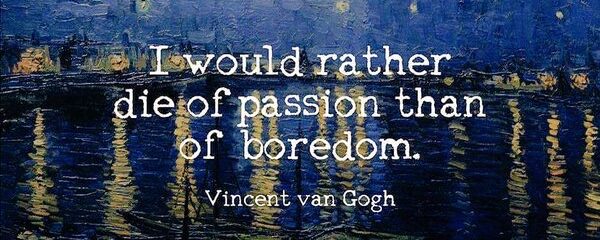
Photo by Google
Bad company often leads to unpleasant consequences.
Friday, bad beginning.
Good sense is better than velvet.
If you promise something it is a debt that you have to repay.
Slovenia officially the Republic of Slovenia Republika Slovenija is a country in Central Europe. It is bordered by Italy to the west, Austria to the north, Hungary to the northeast, Croatia to the southeast, and the Adriatic Sea to the southwest. Slovenia’s mostly mountainous and forested territory, covers 20,271 square kilometers (7,827 sq mi), with a population of 2.1 million. Slovenes form the vast majority of the country’s population, while Serbs are the largest minority. Slovene, the South Slavic language, is the official language. Slovenia has a mainly continental climate, with the exception of the Slovene Littoral, which has a sub-Mediterranean climate, and of the Julian Alps in the northwest, which have an Alpine climate. Additionally, the Dinaric Alps and the Pannonian Plain meet in Slovenia. Ljubljana is the nation’s capital and largest city. Slovenia has historically been the crossroads of Slavic, Germanic, and Romance languages and cultures. Historically, the territory of modern-day Slovenia has been part of many different states; the Roman Empire, the Byzantine Empire, the Carolingian Empire, the Holy Roman Empire, the Kingdom of Hungary, the Republic of Venice, the Illyrian Provinces, the Austrian Empire and Austria-Hungary. In October 1918, the Slovenes co-founded the State of Slovenes, Croats and Serbs. In December 1918, they merged with the Kingdom of Serbia into the Kingdom of Yugoslavia. During World War II, Germany, Italy, and Hungary occupied and annexed Slovenia, with a tiny area transferred to the Croatia, a Nazi puppet state at that time. In 1945, It became a founding member of Yugoslavia. Post-war, Yugoslavia was initially allied with the Eastern Bloc, but after the Tito-Stalin split of 1948, it never subscribed to the Warsaw Pact, and in 1961, it became one of the founders of the Non-Aligned Movement. In June 1991, Slovenia became the first republic that split from Yugoslavia and became an independent sovereign state.
Ljubljana
Ljubljana is the capital and largest city of Slovenia. It has been the cultural, educational, economic, political and administrative centre. During antiquity, a Roman city called Emona stood in the area. Ljubljana itself was first mentioned in the first half of the 12th century. Situated at the middle of a trade route between the northern Adriatic Sea and the Danube region, it was the historical capital of Carniola, one of the Slovene-inhabited parts of the Habsburg Monarchy. It was under Habsburg rule from the Middle Ages until the dissolution of the Austro-Hungarian Empire in 1918. After World War II, Ljubljana became the capital of the Socialist Republic of Slovenia, part of the Socialist Federal Republic of Yugoslavia. It retained this status until Slovenia became independent in 1991 and Ljubljana became the capital of the newly formed state.
Lake Bled & Bohinj
Lake Bled Blejsko jezero is a lake in the Julian Alps of the Upper Carniolan region of northwestern Slovenia, where it adjoins the town of Bled. Lake Bohinj Bohinjsko jezero, covering 318 hectares (790 acres), is the largest permanent lake in Slovenia. It is located within the Bohinj Valley of the Julian Alps, in the northwestern Upper Carniola region, and part of Triglav National Park.
Predjama Castle
Predjama Castle Predjamski grad or grad Predjama, is a Renaissance castle built within a cave mouth in south-central Slovenia, in the historical region of Inner Carniola. It is located in the village of Predjama, approximately 11 kilometres from the town of Postojna and 9 kilometres from Postojna Cave.
Postojna Cave
Postojna Cave Postojnska jama is a 24,340 m long karstcave system near Postojna, southwestern Slovenia. It is the second-longest cave system in the country (following the Migovec System). The caves were created by the Pivka River.

























